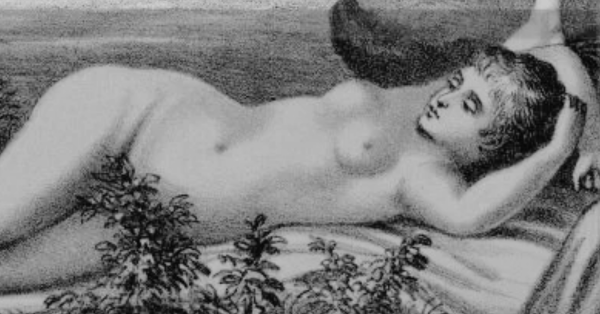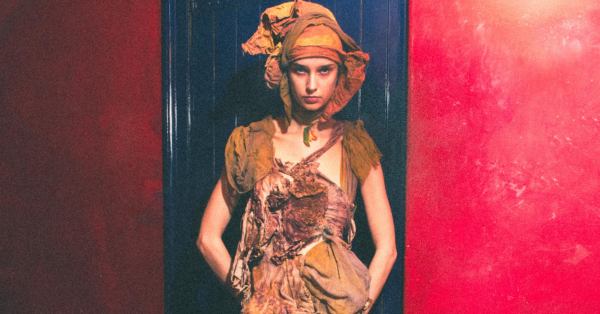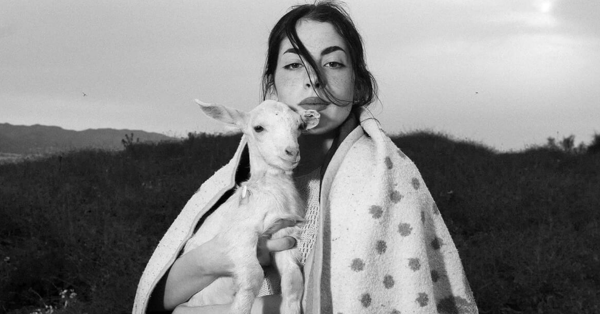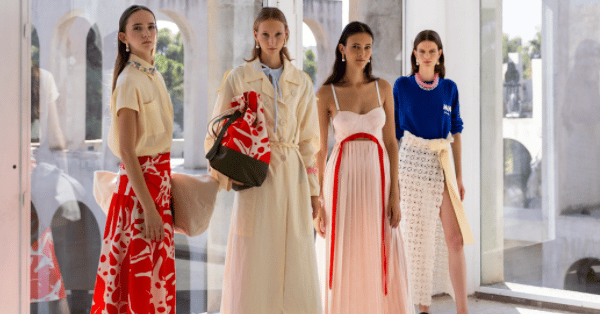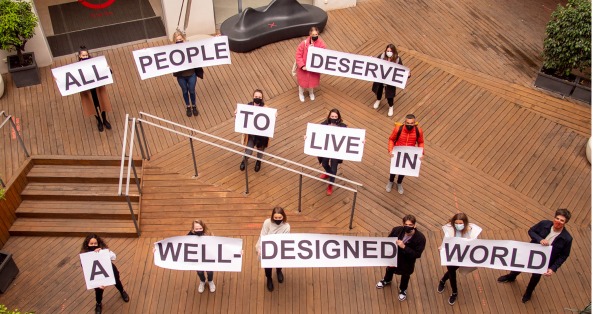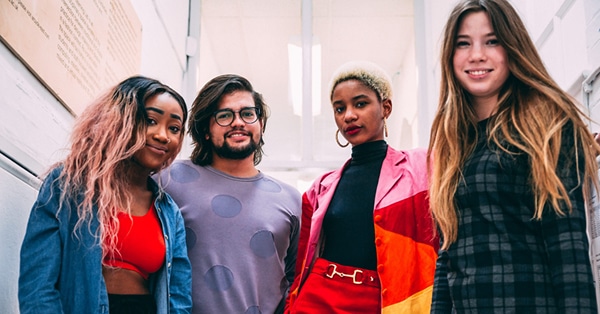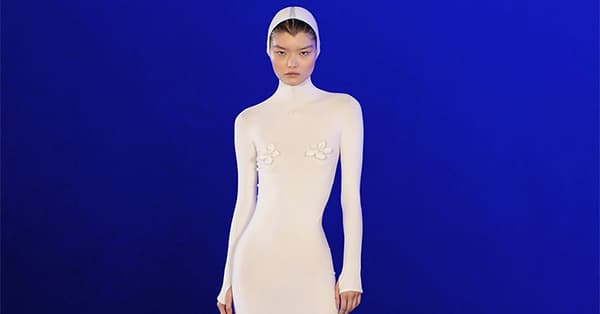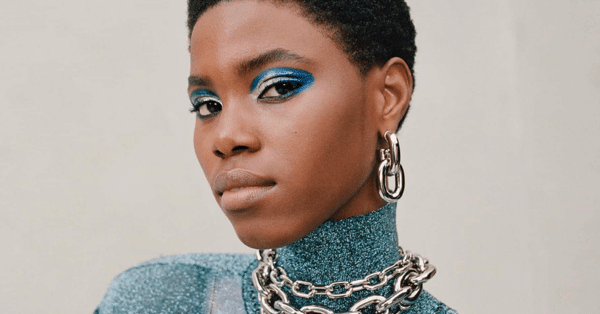A look at the collections and creative gestures that shaped Paris Fashion Week SS26, where fashion reflected both the urgency of the present and the desire to imagine new futures.

Balenciaga / Dior / Hodakova
The Spring-Summer 2026 season kicked off on September 11 in New York and concluded recently in Paris, consolidating itself as one of the most talked-about editions in recent years. During the shows in the French capital, several highly anticipated debuts by renowned fashion houses took place, generating excitement among critics and industry followers alike. Reactions came swiftly: the collections sparked divided opinions—some praised their innovation, while others felt certain proposals strayed too far from each brand’s essence. Here are some highlights.
HODAKOVA
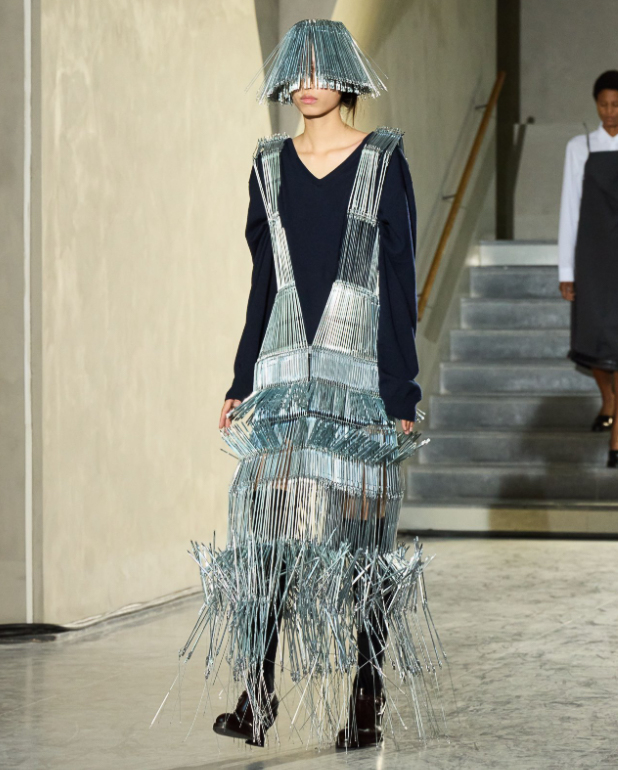
For Spring-Summer 2026, the Hodakova designer and 2024 LVMH Prize winner continued her firm commitment to using recycled materials—giving them a second life on the runway and turning this practice into the cornerstone of her brand philosophy. Thousands of umbrella rods were transformed into sculptural, structured garments, while handbags became tops and skirts, and books adorned shoulders or hems, transforming each look into a poetic object that challenged traditional notions of wearability. In just a few seasons, Hodakova Larsson has made her label a must-see for the industry.
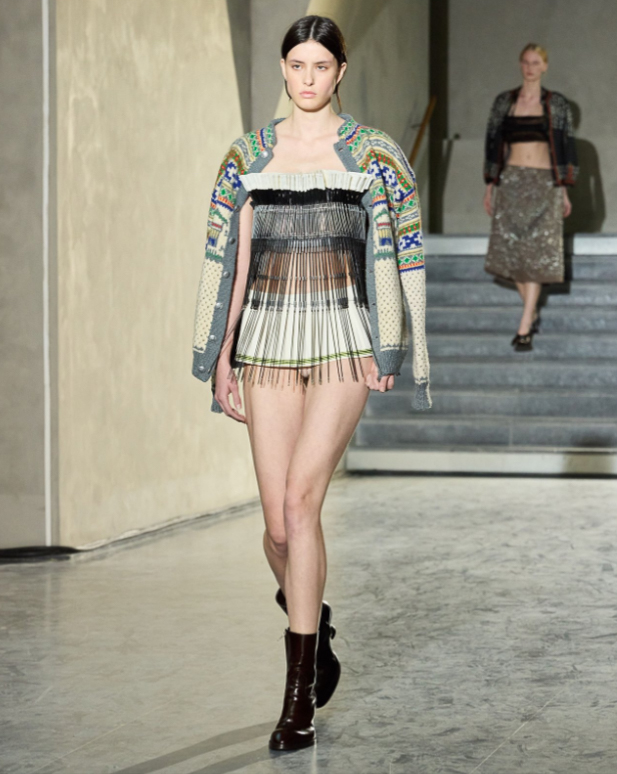
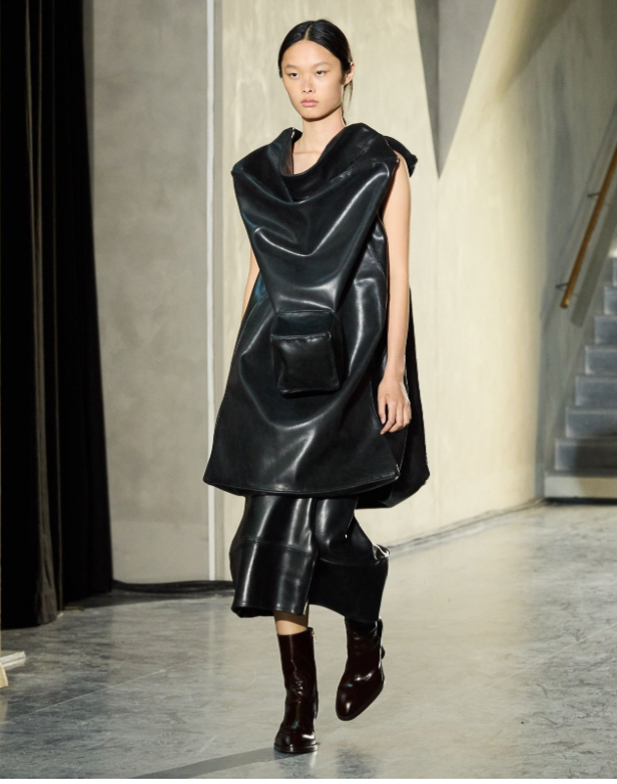
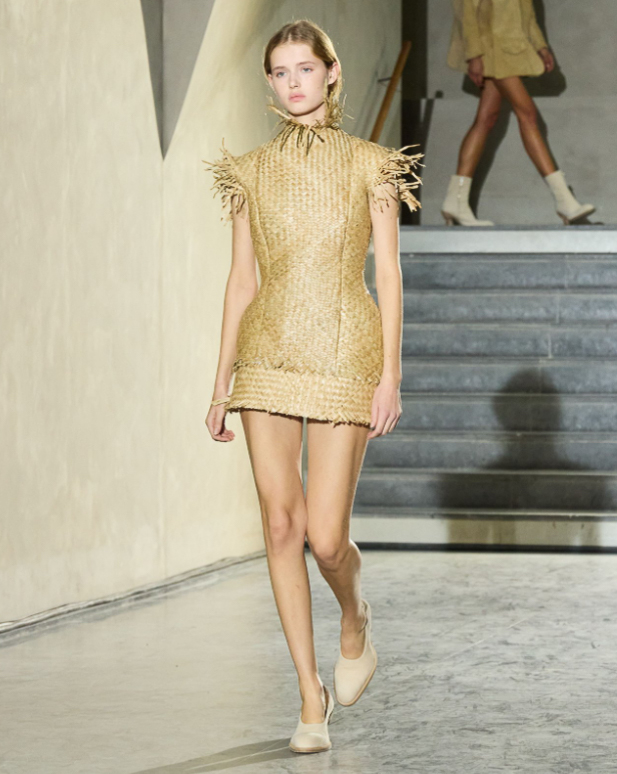
DIOR
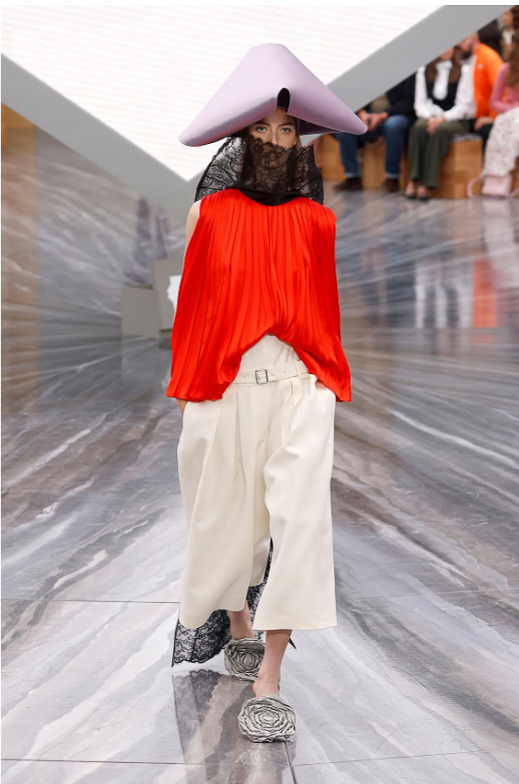
“Do you dare to enter the house of Dior?”—so began the short film that Jonathan Anderson commissioned from Adam Curtis to open the Dior show. Curtis had full creative freedom, resulting in a film that celebrated and reinterpreted the maison’s legacy. Model Dana Smith, who began her career walking for Anderson, opened the runway in a pleated white midi dress adorned with two bows—one at the bodice, another at the hem—twisting the fabric in opposite directions. The bow, a recurring motif in the collection, evoked Monsieur Dior’s heritage.
Beyond archival references—such as the Delft, La Cigale, and Junon dresses—the show also revived elements from Yves Saint Laurent’s tenure, visible in black lace overlays on blouses. Yet, Anderson’s collection went beyond homage: it conversed with his recent menswear line for Dior Homme, echoing silhouettes, fabrics, and cuts to establish a cohesive visual dialogue. Hats by Stephen Jones emerged as key accessories, reminiscent of nun’s habits, while some dresses revealed 18th-century-inspired volumes. In his second womenswear collection for Dior, Anderson reaffirmed his approach—looking to the past, near or distant, to reinterpret it through his own aesthetic language.
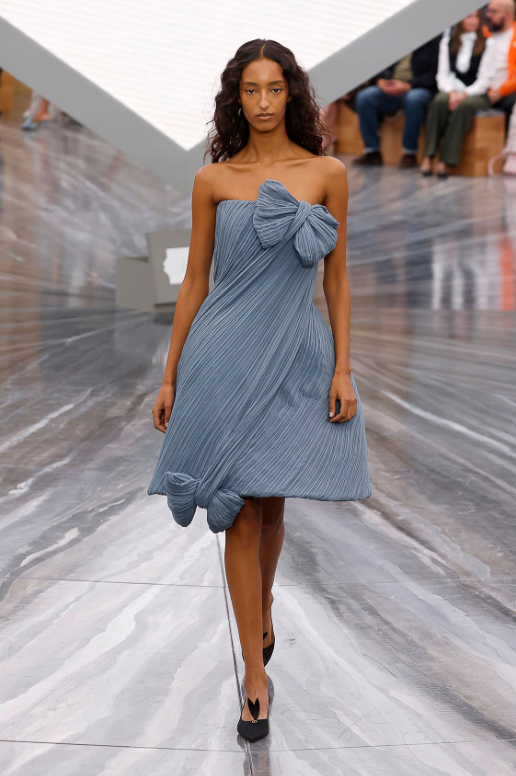
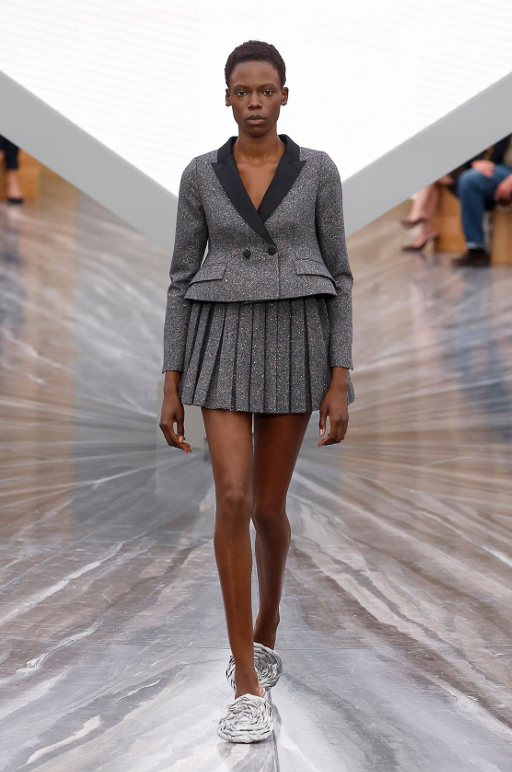
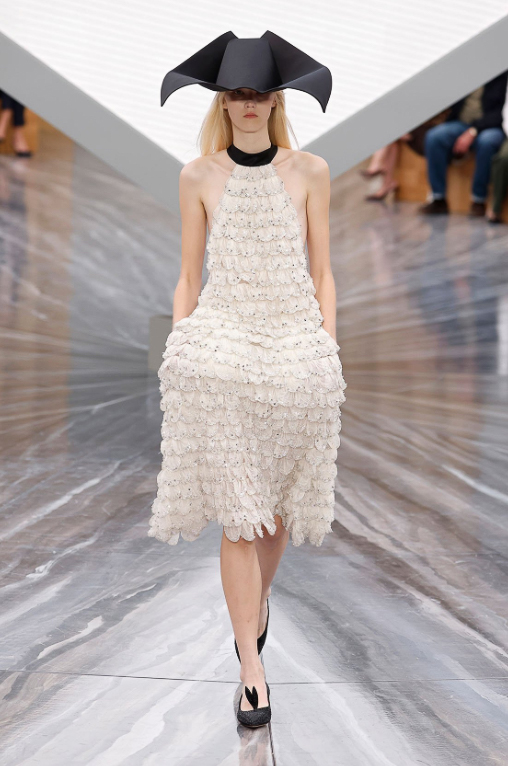
RICK OWENS
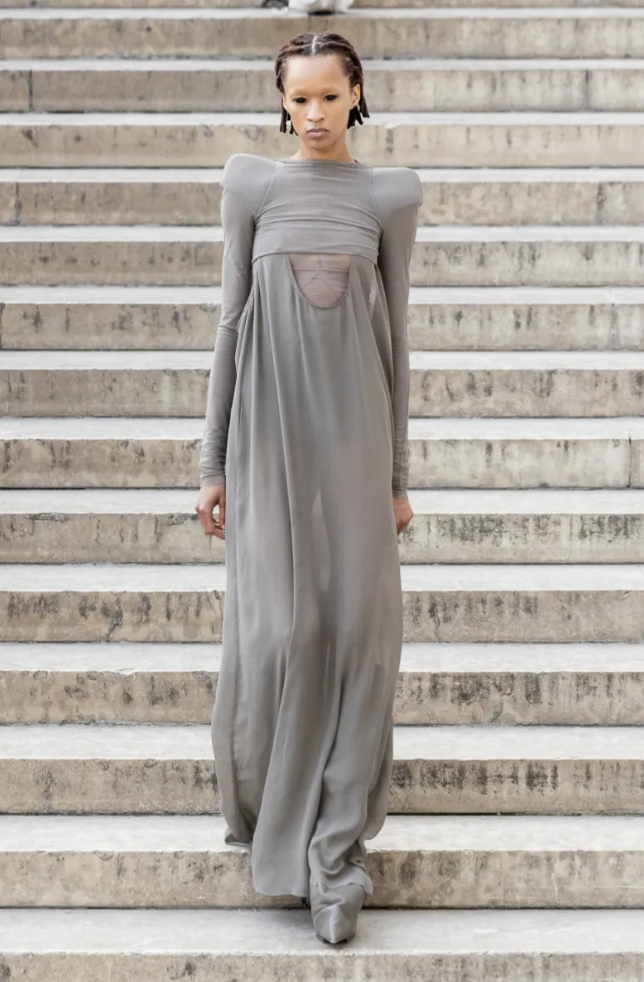
Known for designs that are anything but delicate, Rick Owens proved once again that his aesthetic has never been about violence toward women. For SS26, he presented a restrained tenderness that unfolded amid the fountains of Palais de Tokyo. His signature industrial DNA remained intact—controlled, architectural, dominated by nylon and tulle. Certain tops traced vein-like lines, underscoring tension between structure and fluidity. Tailoring, ribbons, and even sequins appeared, yet industrialized, stripped of romance or sweetness. As the show notes read: “Tough clothes for tough times.”
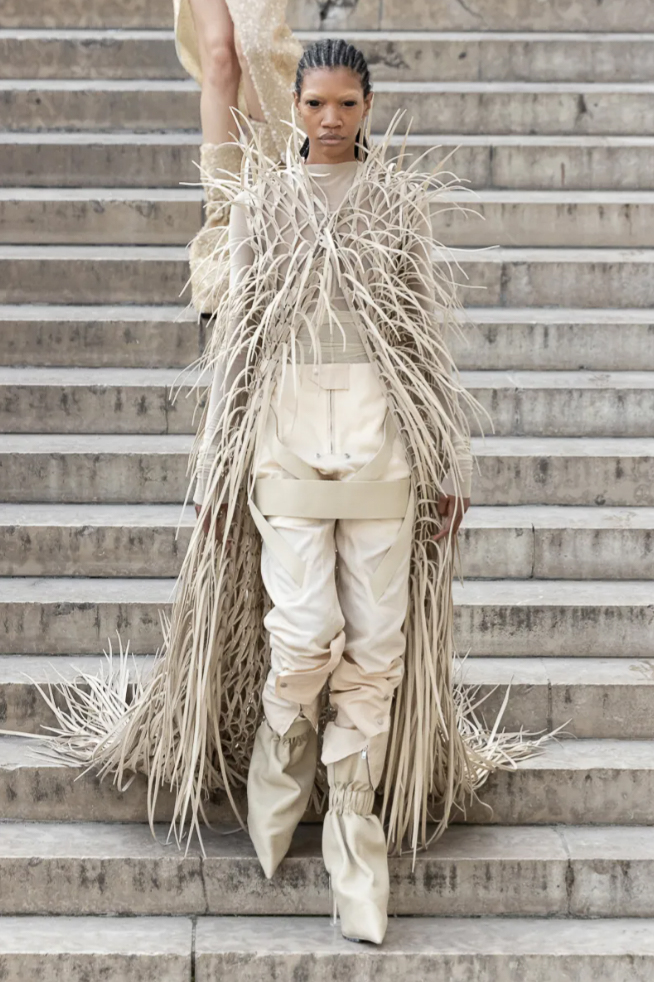
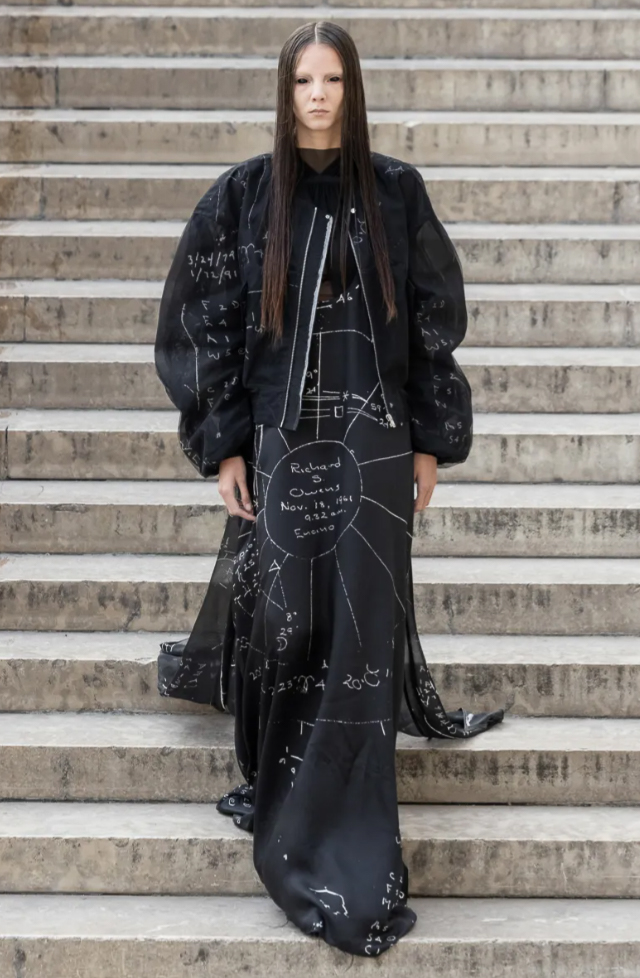
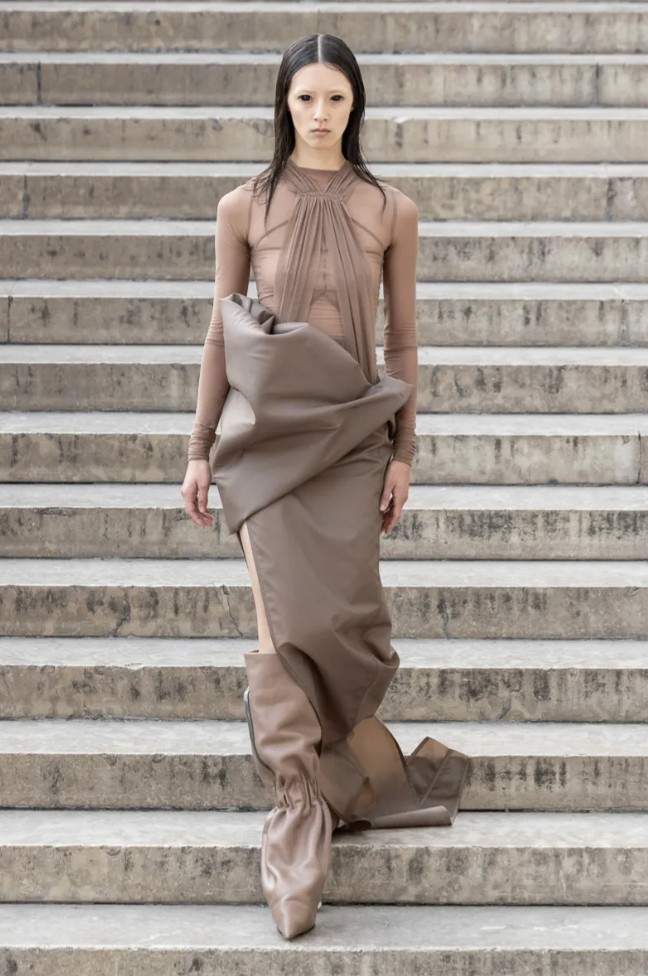
MAISON MARGIELA
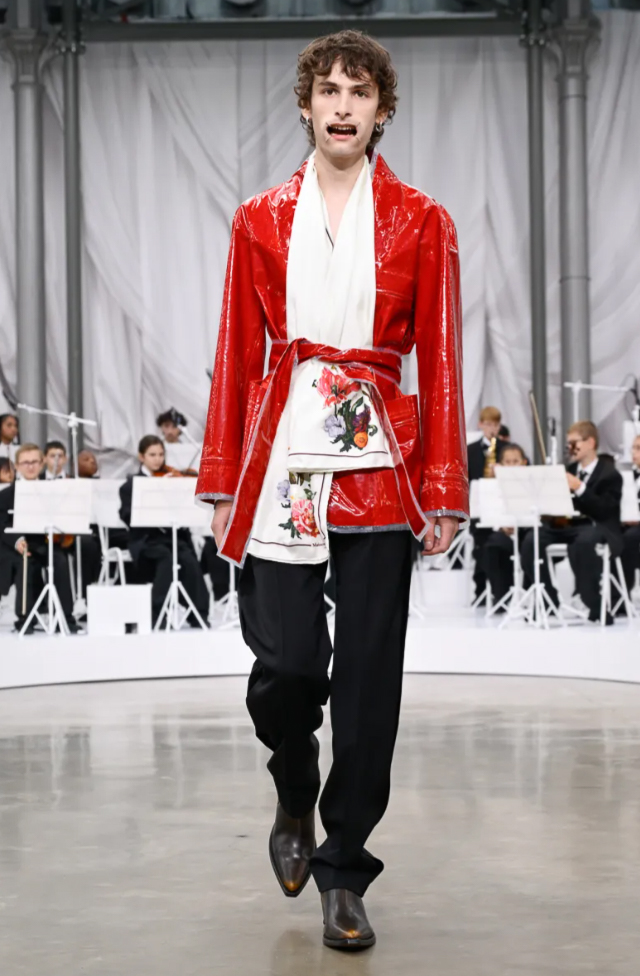
Glenn Martens returned to the runway with his debut ready-to-wear collection for Maison Margiela, following the Artisanal 2025 show in July. The location itself was symbolic—it was the same as Martin Margiela’s final presentation. The show opened with a children’s orchestra dressed in the house’s iconic white lab coats, nodding to Margiela’s SS90 show held in a Parisian playground with neighborhood kids as guests. Martens’ collection paid homage to the house’s DNA through elevated essentials reimagined with his distinct vision.
Deconstructed and reconstructed pieces—denim jackets, lapel-less blazers, and integrated vests—stood alongside the brand’s iconic motifs: plastic overlays resembling garment covers and translucent fabrics achieving similar effects. Even the signature four-stitch logo appeared as a mouth accessory, blending reverence and ingenuity in equal measure.
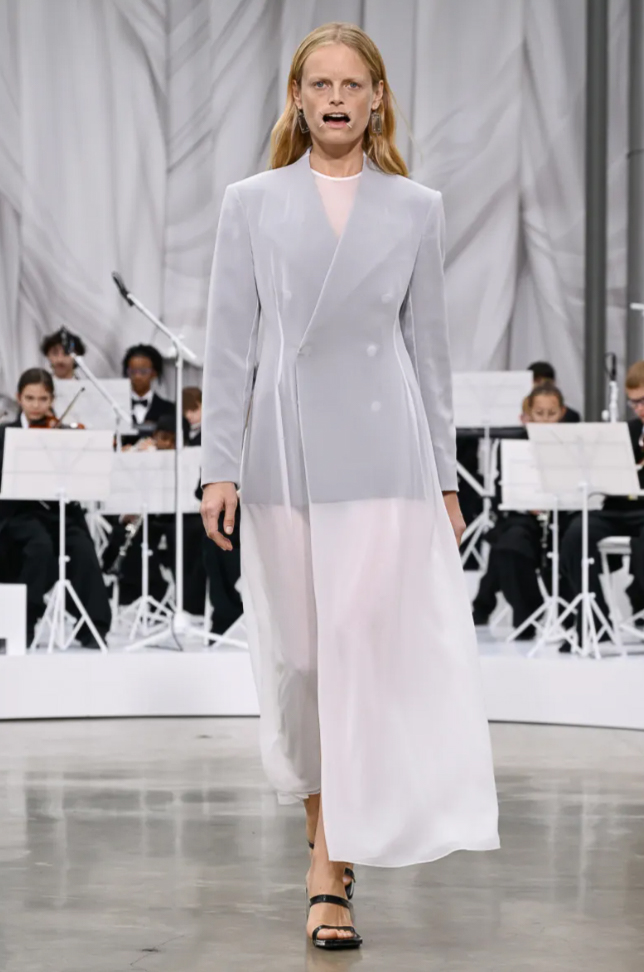
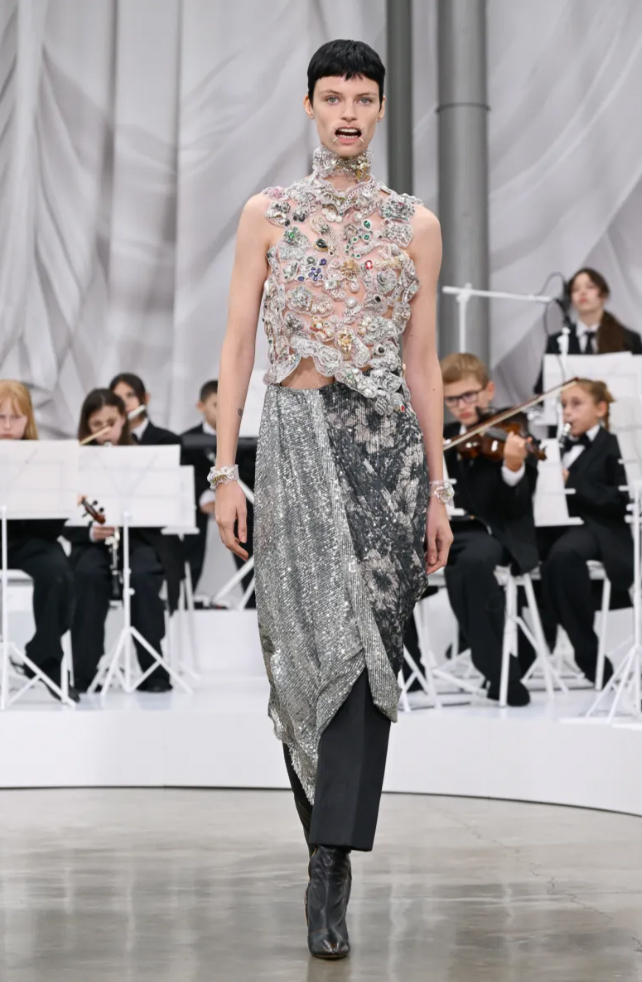
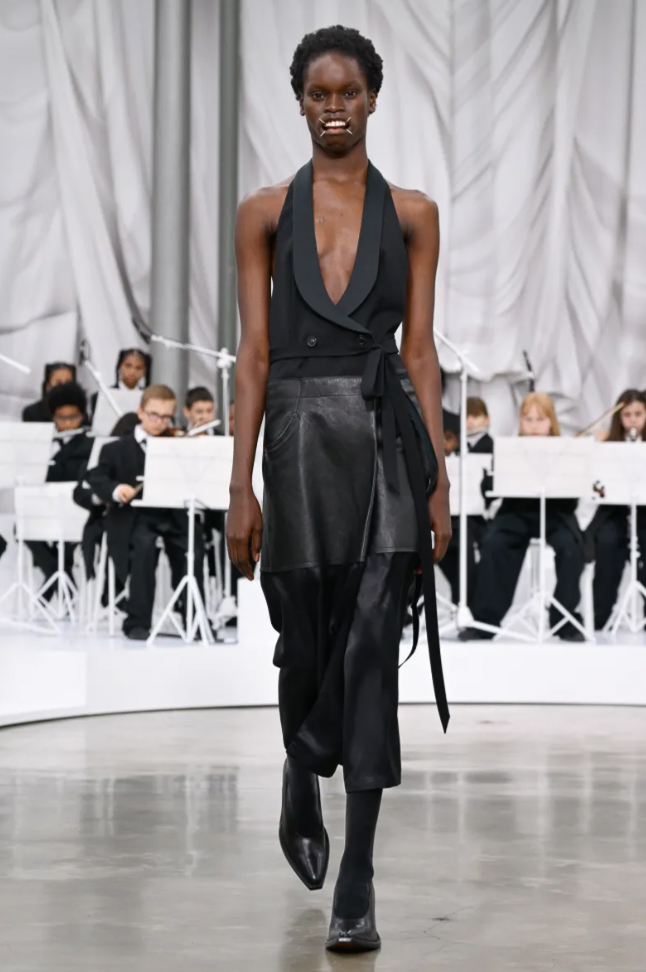
CHLOÉ
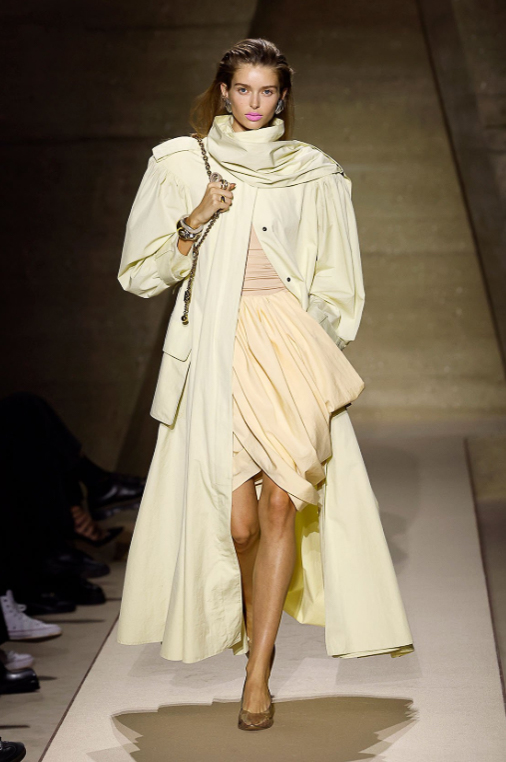
The Spring-Summer 2026 season marked a new chapter for Chloé under Chemena Kamali’s creative direction. After reviving the early-2000s bohemian spirit, Kamali moved toward a purer, more structured proposal while retaining the brand’s feminine and free essence. Inspired by 1950s silhouettes and the legacy of Gaby Aghion, Kamali explored a new form of haute couture: intimate, spontaneous, yet precise and meticulously crafted.
Draping served as the central technique—“instinctive,” in Kamali’s words—creating movement and fluidity through folds, knots, and wraps. Dresses made from “poor cotton” with archival floral prints reinterpreted Chloé’s heritage, freeing the silhouette from rigidity. The result was a collection that modernized the brand’s identity and reaffirmed a distinctly female savoir-faire in an industry still led mostly by men.
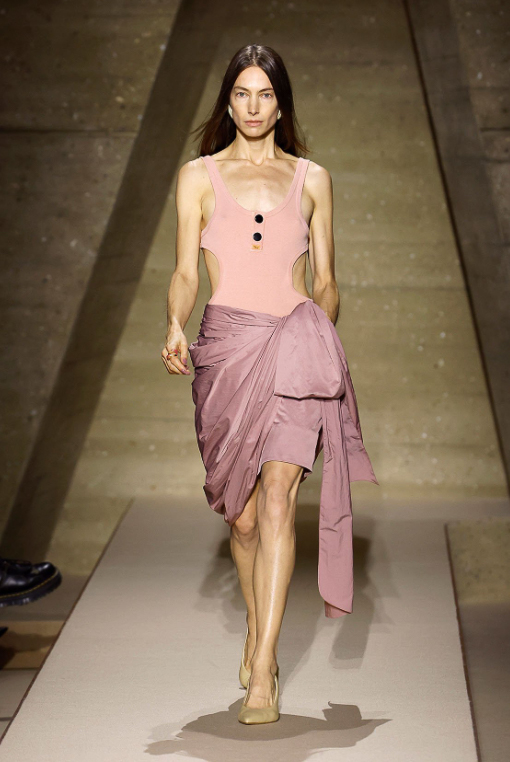
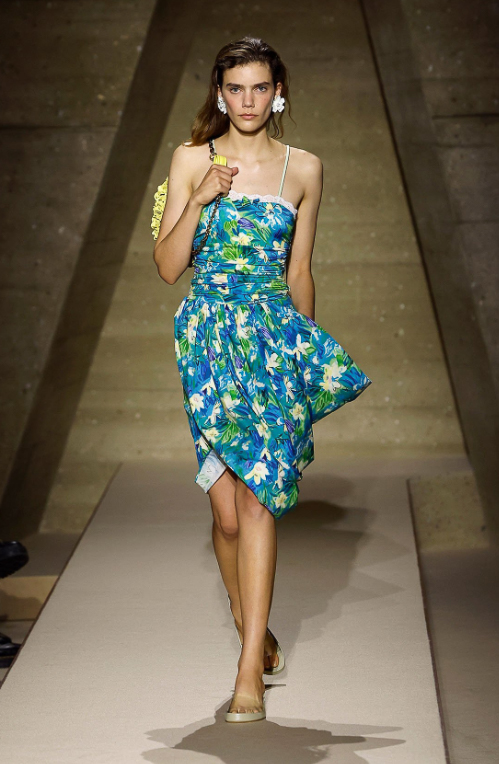
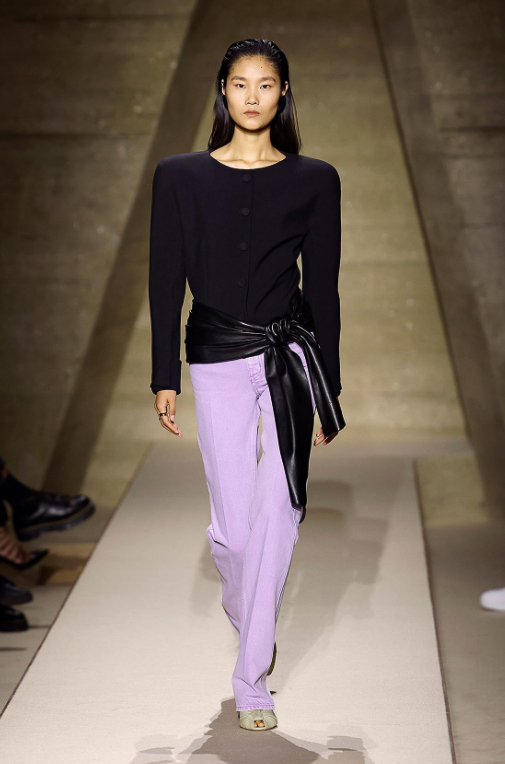
BALENCIAGA
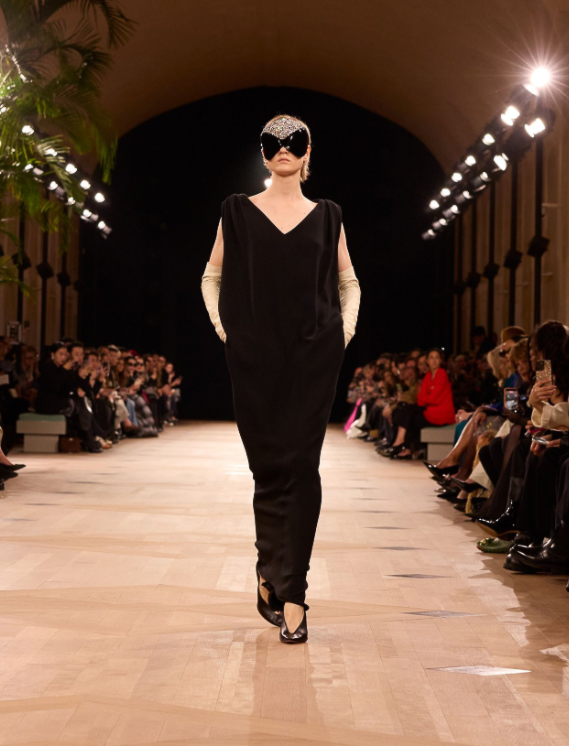
The debut of Pierpaolo Piccioli at Balenciaga resulted in an elegant, modern, and quietly beautiful collection. It honored the couture codes established by Cristóbal Balenciaga while acknowledging the creative lineage of Demna Gvasalia, Nicolas Ghesquière, and Josephus Thimister. Without relying on spectacle or social media hype, the collection stood on purity and respect for the maison’s heritage.
Drawing inspiration from Cristóbal’s archives—particularly the 1957 sack dress—Piccioli lightened wools and poplins, liberating the body and reinterpreting the brand through his own sensibility. “To deny what came before is both disrespectful and foolish,” Piccioli stated. “I wanted to work with Demna’s archetypes too, but through my own lens, which is of course different.”
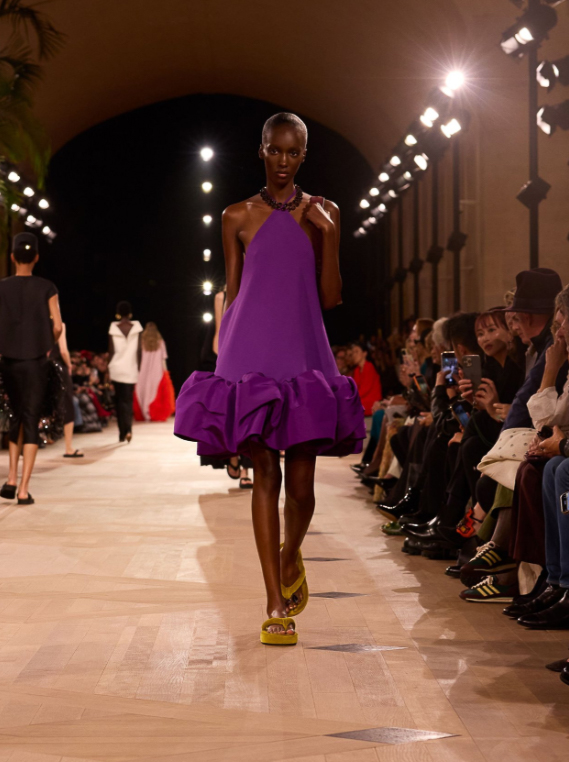
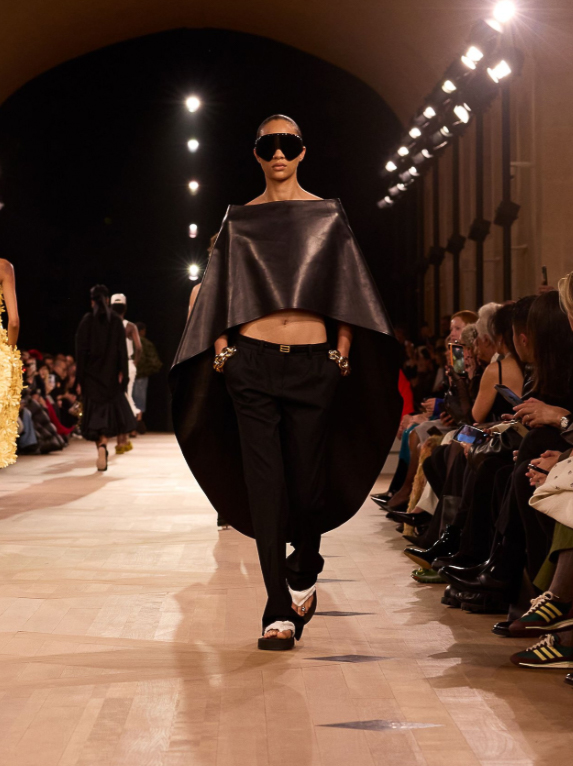
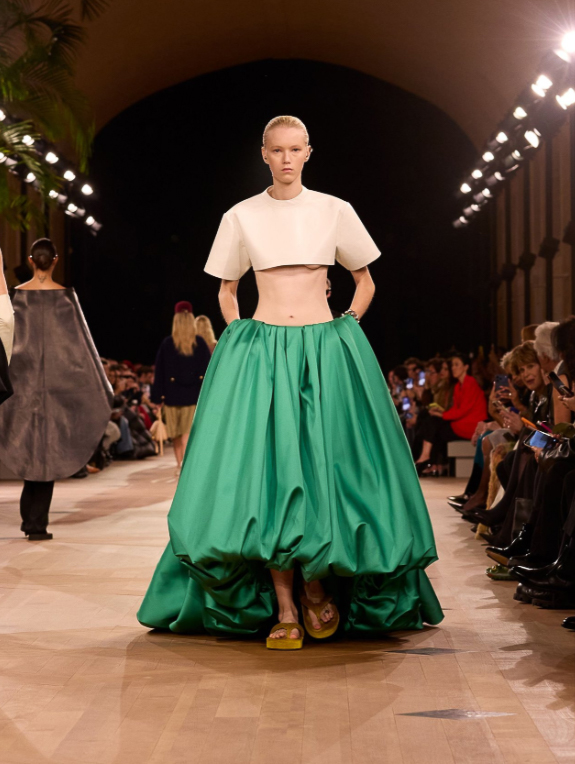
CHANEL
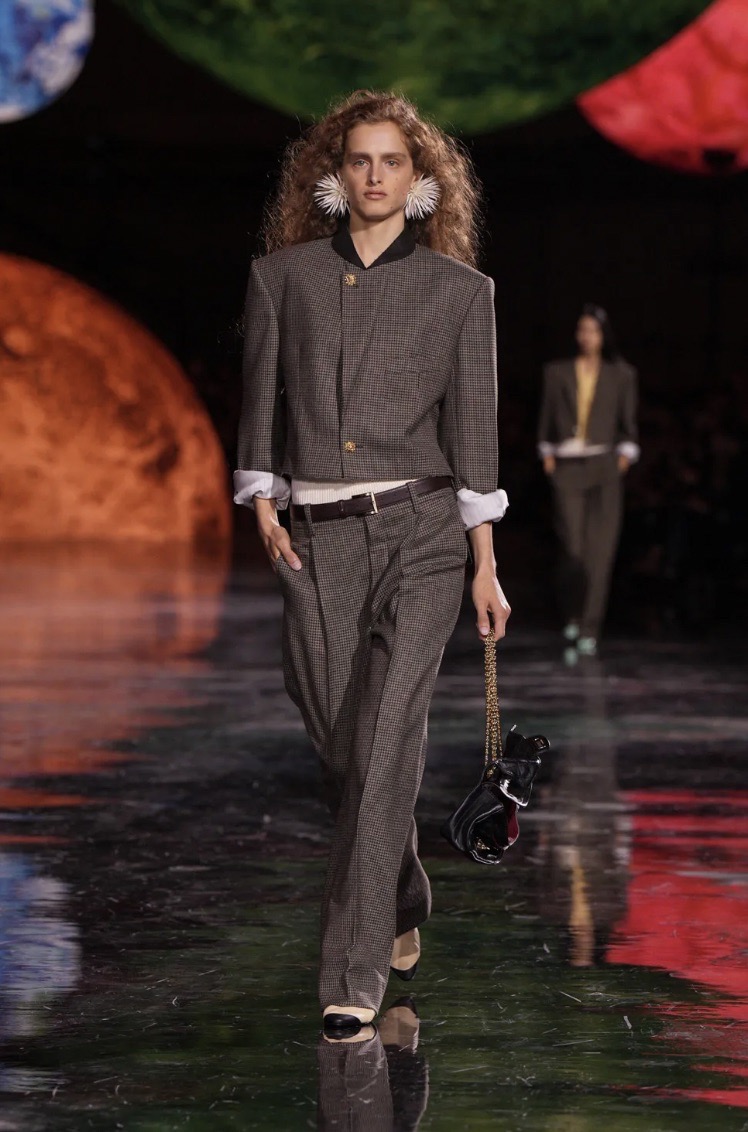
For his graduation collection at La Cambre, Matthieu Blazy drew inspiration from French astronaut Claudie Haigneré. Years later, in his first collection for Chanel, he looked to the stars once again. Beneath a constellation of planets suspended inside the Grand Palais, Blazy wove a dreamlike dialogue between past and present—tracing Coco Chanel’s legacy from Boy Capel’s borrowed shirts to Karl Lagerfeld’s feathered galaxies.
The show opened with that very shirt and trousers, reimagined in collaboration with historic French shirtmaker Charvet. Blazy added chain hems—a signature of the maison—merging masculine structure with feminine lightness, even softening tweed. The message was clear: Blazy sought to dissolve the notion of a singular Chanel woman, making space instead for many.
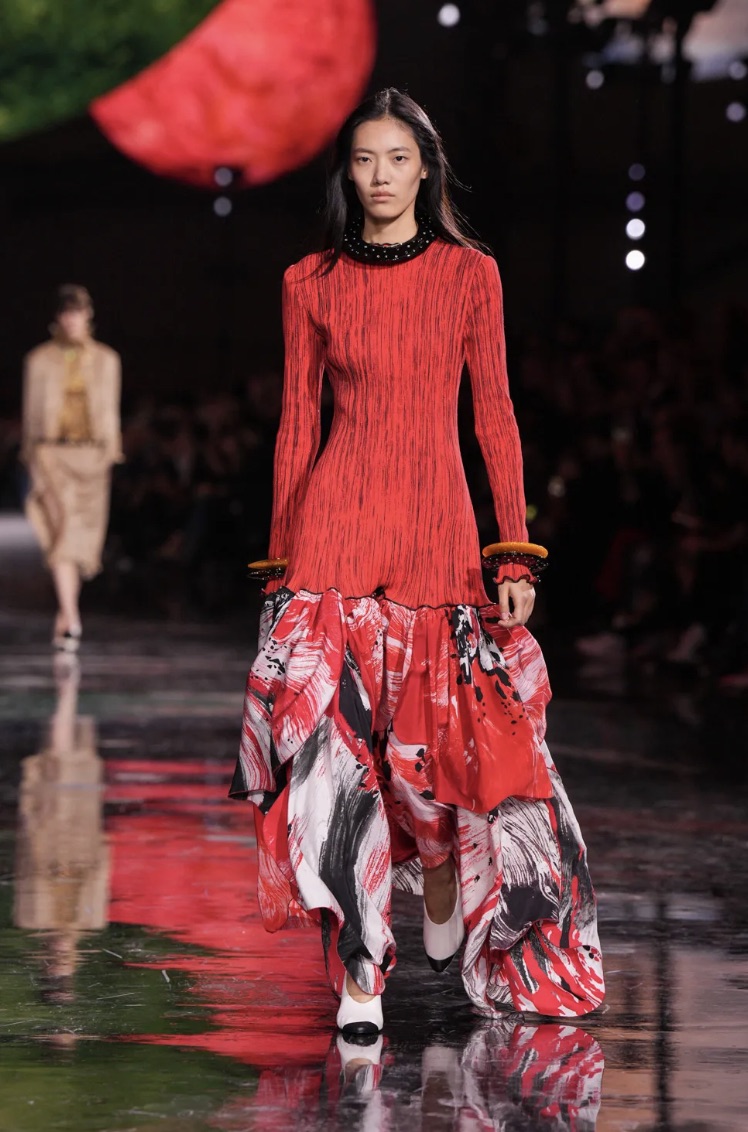
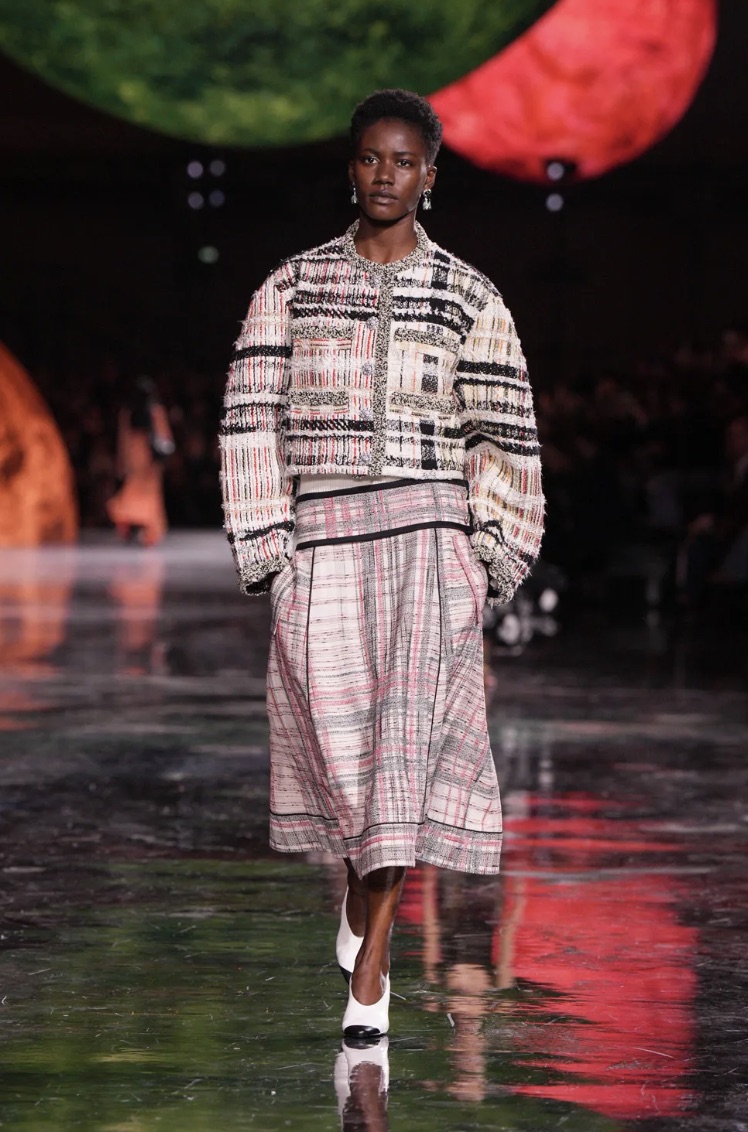
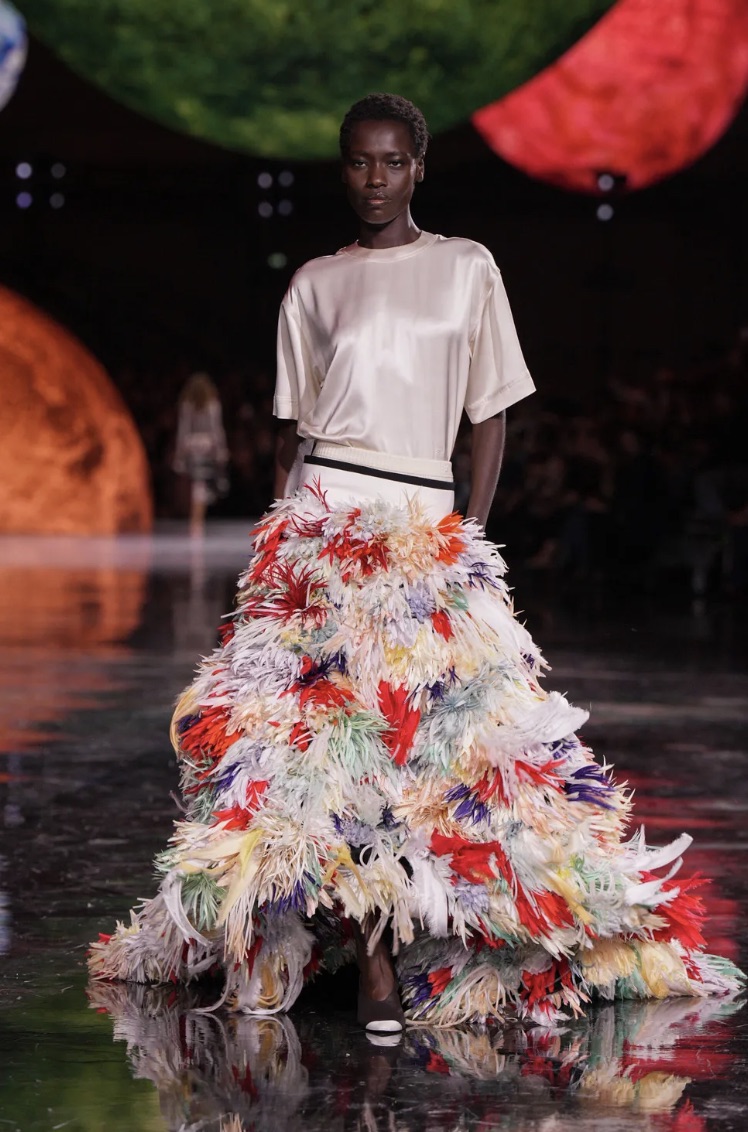
–
Follow us on TikTok @veinmagazine

